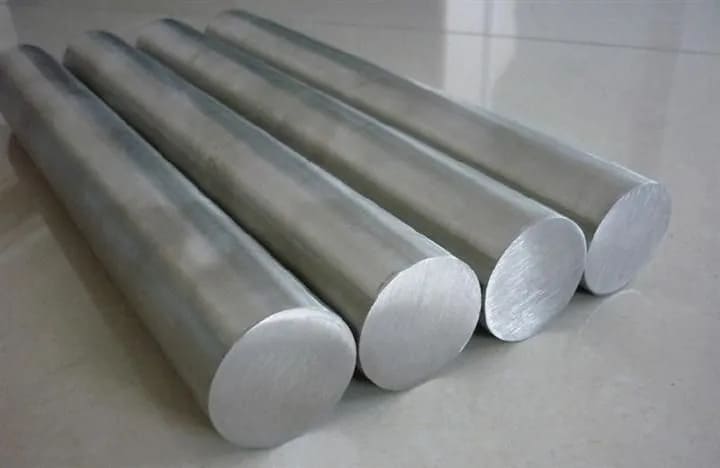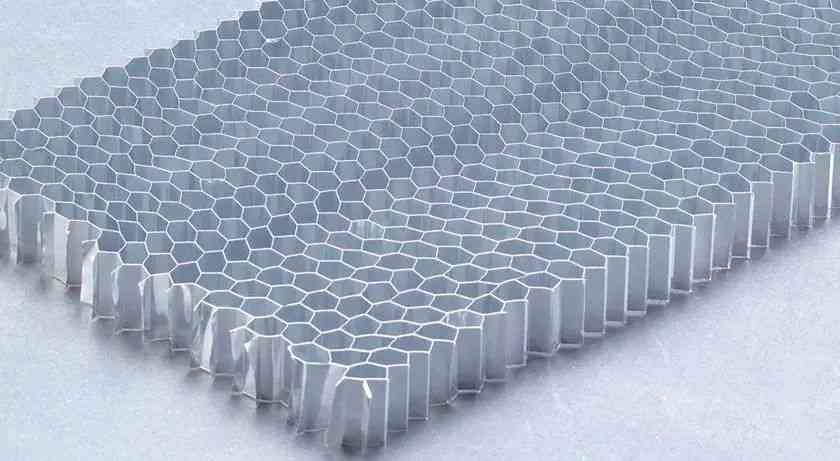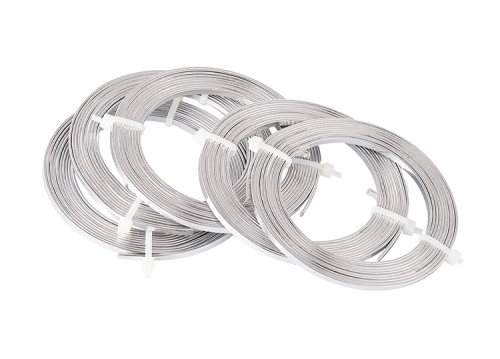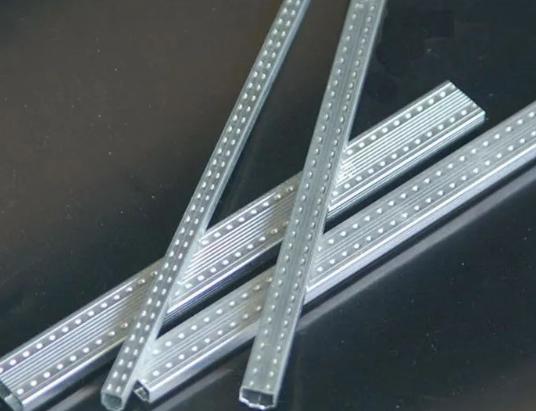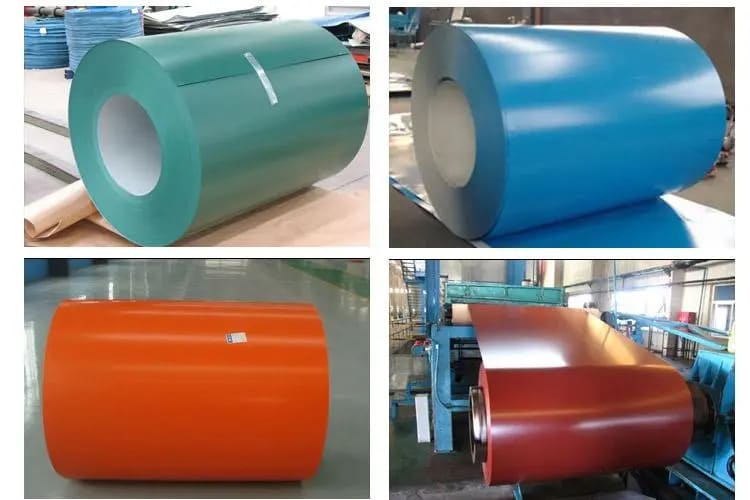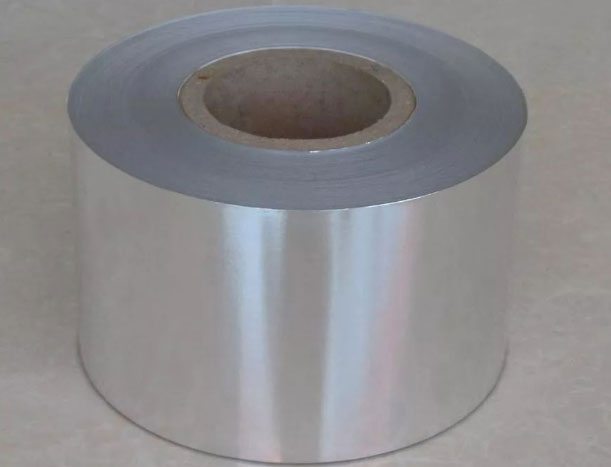Aluminum cable wiremakes up for the shortcomings of pure aluminium cables in the past, and improves the electrical conductivity, bending performance, creep resistance and corrosion resistance of cables, etc., which can ensure the continuous performance of cables under long-term overload and overheating. After the rare earth element is added, the crystal structure in the metal conductor can be refined, thereby greatly improving the conductivity and high-temperature resistance of the conductor, and solving the problems of electrochemical corrosion of the conductor. In addition, the product adopts the inner interlocking metal belt, which is easy to install and lay, and solves the special requirements of the cable in the use of its specific system, such as safety, rust resistance, tensile strength, bending resistance, and resistance to external mechanical force damage. The safety and economy of system operation are improved.
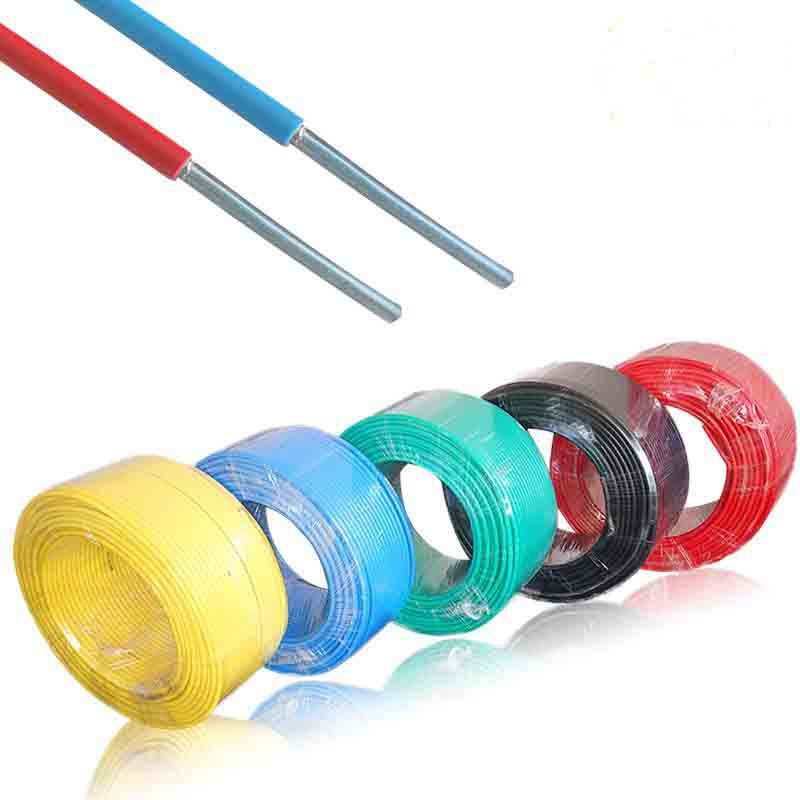
PerformanceCharacteristics ofAluminumCableWire
Creep property
AA8030 series aluminum alloy is a new conductor material that is added with magnesium, copper, iron, boron, rare earth, and other elements in pure aluminium, after the alloying process and special heat treatment. Among them, Mg can form strengthening phases with many elements (such as the Mg2Si phase, and Al-Cu-Mg phase), which can improve the tensile strength and flexibility of the alloy. The solid solution strengthening effect of the Cu element is obvious, which can improve its high-temperature tensile strength and increase the resistance stability of aluminum alloy at high temperatures. B element can effectively reduce the influence of impurities on the electrical conductivity of aluminium alloys. RE element has the functions of purification, degassing, and slag removal, and can combine with hydrogen to form a hydride, thereby improving the conductivity, tensile strength, and corrosion resistance ofaluminum wires.

The addition of the Fe element can form a cemented carbide phase, which makes the aluminum alloy have wear resistance, corrosion resistance, high-temperature resistance and creep resistance, which greatly reduces the creeping tendency of the aluminium alloy under heat and pressure, forming similar connection stability and reliability of copper conductor.
Conductivity
The conductivity of hard aluminum cable is 61% IACS, the conductivity of AA8030 aluminium alloy cable is 61.8% to 62.2% IACS, and the conductivity of annealed copper cable is 100% IACS. Since the electrical conductivity of aluminum alloy is still similar to that of aluminum, and the current carrying capacity is close to that of aluminum cable, when the cross-section of the aluminum alloy conductor is about 1.5 times that of the copper conductor (a difference of 1-2 specifications), the same electrical conductivity and current-carrying capacity can be basically achieved. . Although the conductor cross-section is increased by about 50%, the conductor radius is theoretically increased by less than about 22%, thereby occupying as little space as possible for the laying of the tube well.
MechanicalProperty
The elongation (32%) of the AA8030 aluminum alloy conductor after annealing is the same as that of the soft aluminum and soft copper conductors (30-45%), so it has good flexibility and bendability. The minimum bending radius (7D) of the aluminium alloy cable is better than that of the copper core (10-20D) cable, and the rebound of the aluminum alloy cable is 40% lower than that of the copper cable and has no memory effect, which is convenient for installation and construction, and can reduce the installation cost.

ConnectionPerformance
The aluminum alloy conductor greatly reduces the situation that the aluminum conductor is easy to creep and relax, which causes the cable joint to loosen, the contact resistance increases, and it is easy to cause accidents. The data of the copper-aluminium transition method listed in GB/T14315-2008 “Crimp Type Copper and Aluminum Terminals and Connection Tubes for Power Cable Conductors” show that the connection reliability of aluminum alloy cables is even more stable than that of copper cables. Even if overloaded and overheated for a long time, it can guarantee higher connection stability than copper core cables.
Corrosion Resistance
Although a thin and dense oxide film will be formed on the surface of the aluminum conductor, it can prevent the inside of the conductor from continuing to be oxidized and corroded. However, electronic chemical corrosion at the connection of copper-aluminum conductors is still the Achilles heel of traditional aluminum-core cables. When rare metals are added to the aluminum alloy, the corrosion resistance can be greatly improved, the potential difference between different metals can be reduced, and the corrosion hidden danger existing in the copper-aluminum connection is relieved by the special copper-aluminium transition terminal. The application facts in the United States show that the corrosion resistance of aluminum alloy cables in the air is better than that of copper. The service life of copper cables is designed to be 30 years, and the service life of aluminium alloy cables can reach 40 years.

Economy
铝合金的密度是2.71,ly 30.5% of that of copper (8.89). Therefore, under the same electrical properties and the same length, the quality of aluminum alloy conductors is approximately half of that of copper conductors. Due to the advantages of lightweight and strong bearing capacity, aluminum cable wires are especially suitable for the laying of large-span buildings (such as gymnasiums and exhibition halls), which can reduce the load on steel structures, save steel materials, and reduce installation costs. In addition, the use of aluminium alloy cables can reduce the difficulty and workload of vertically laying cables in high-rise buildings and save labor costs.

